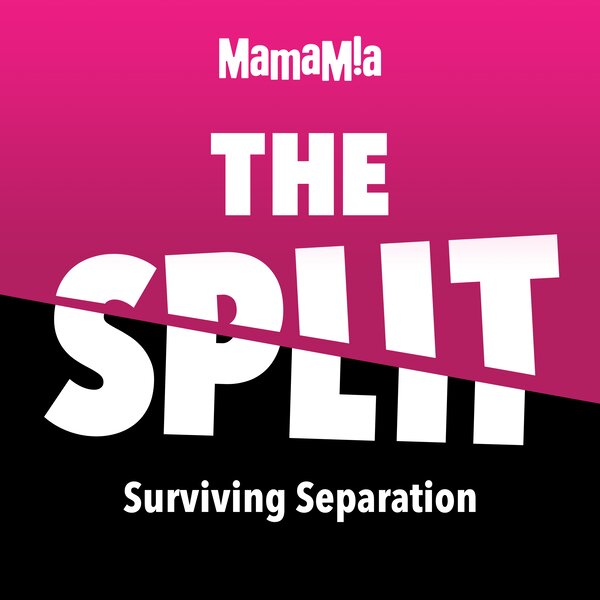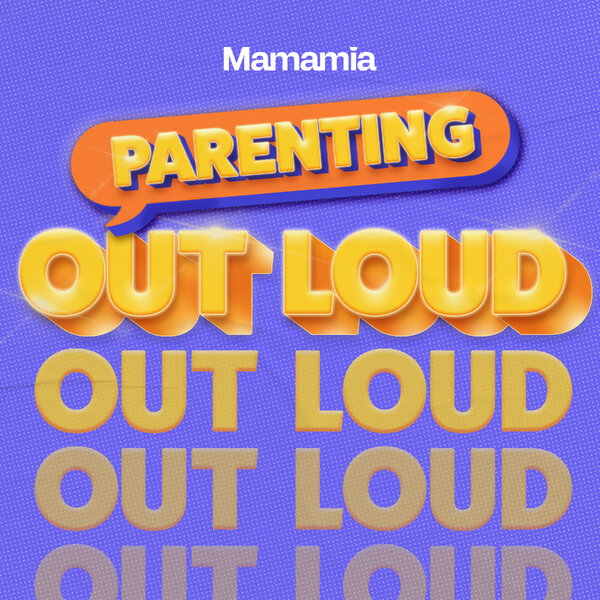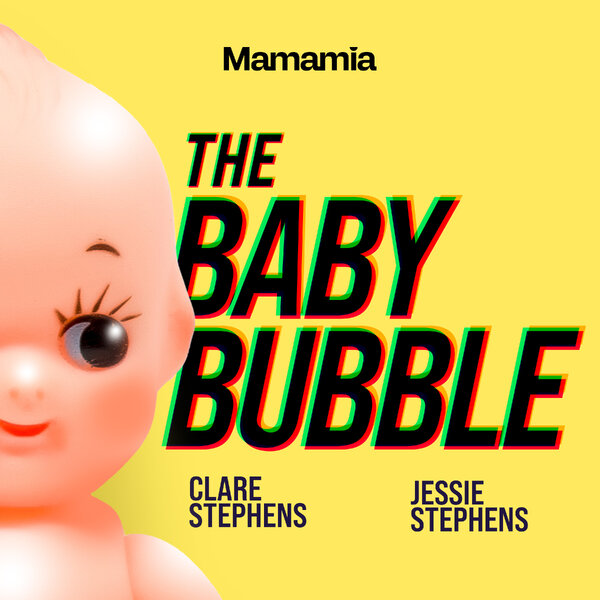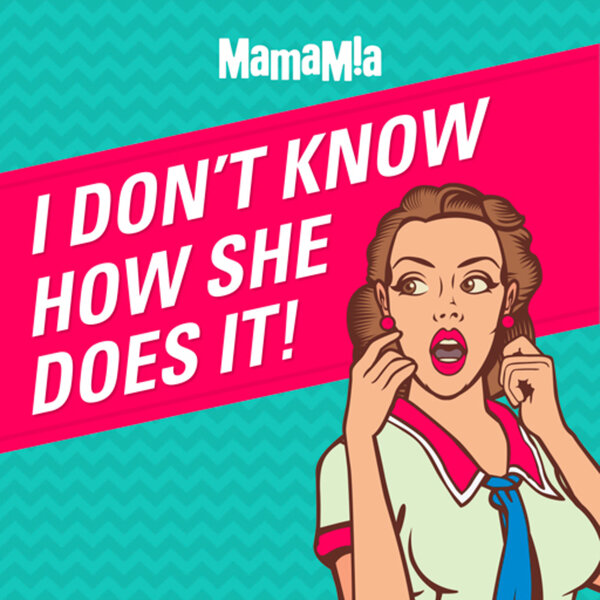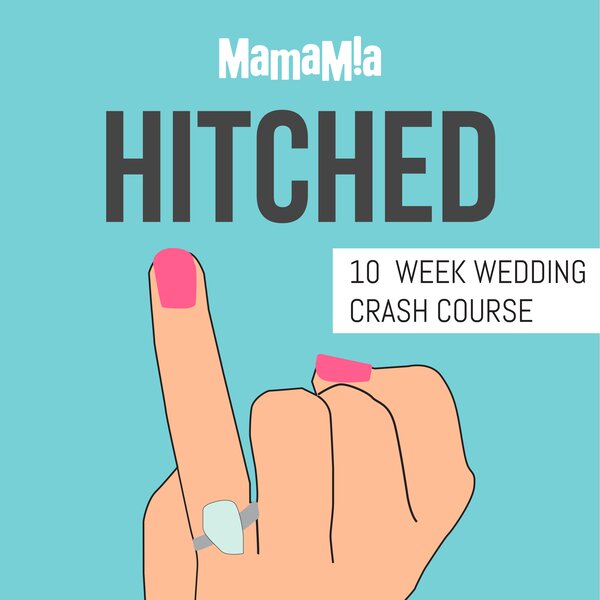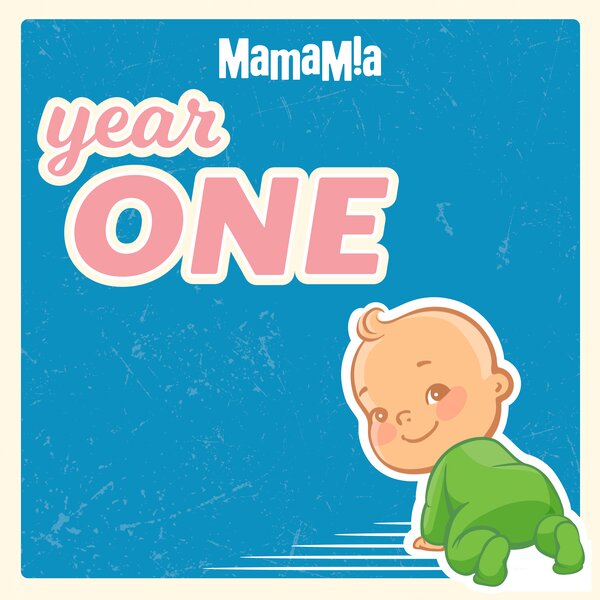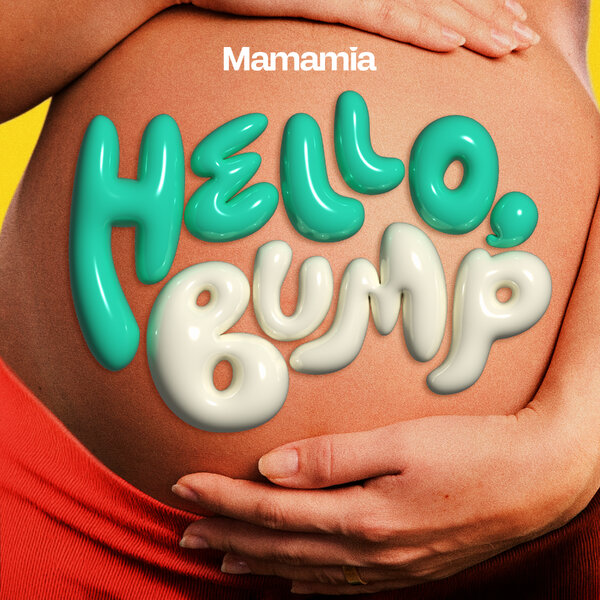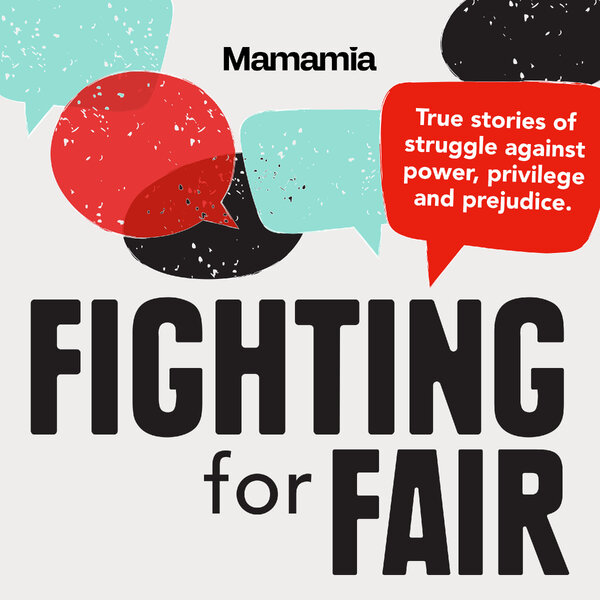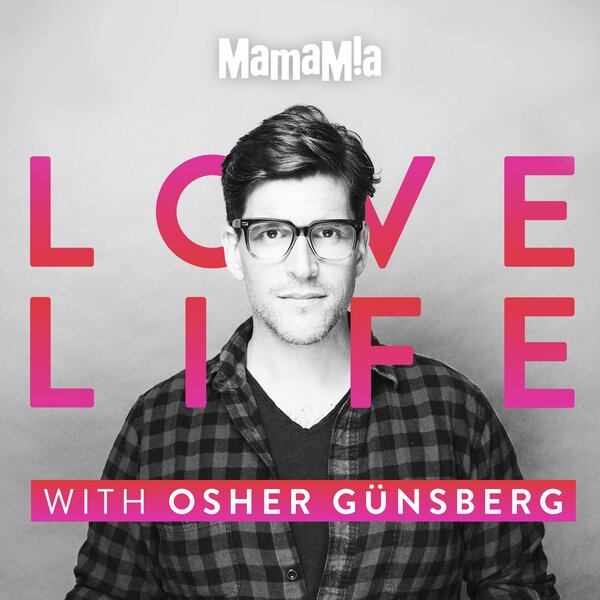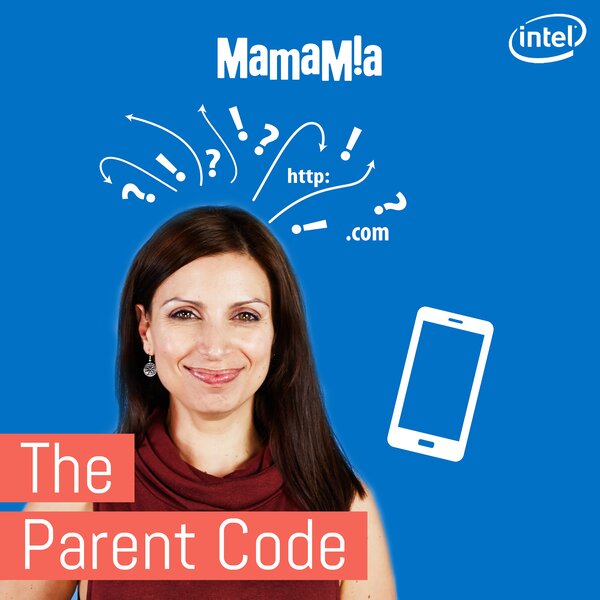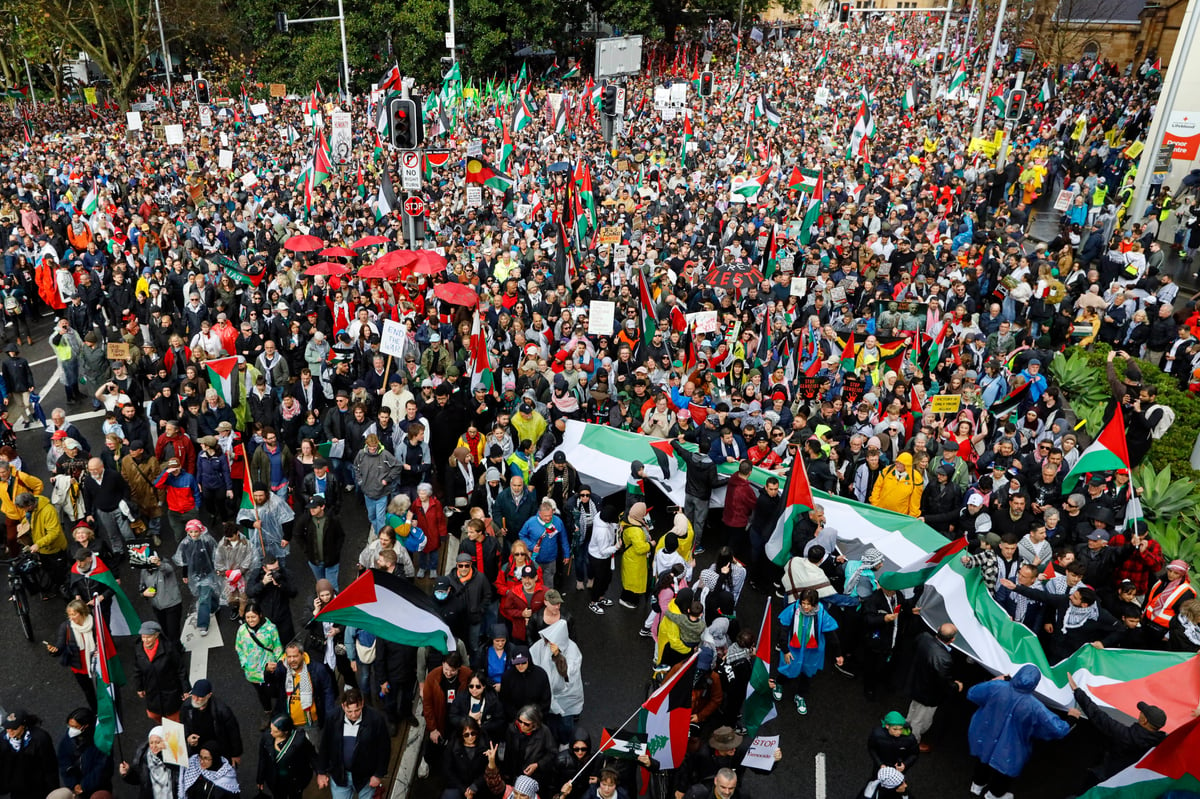
If you want to support independent women's media, become a Mamamia subscriber. Get an all-access pass to everything we make, including exclusive podcasts, articles, videos and our exercise app, MOVE.
There's an oft-quoted statistic about social and political movements based on research by Harvard academic Erica Chenowith.
She found that when at least 3.5 per cent of a population engages with a cause, that cause is very likely to succeed.
On Sunday, an estimated 300,000 people took to the Sydney Harbour Bridge to demand an end to Israel's blockade of aid coming into Gaza.
In terms of percentages, that's 5.4 percent of the population of Sydney.
Listen: Gaza is starving — here's what you can do to help. Post continues below.
Chenowith's book, co-authored with political scientist Maria Stephan, is entitled Why Civil Resistance Works: The Strategic Logic of Nonviolent Conflict, is the cornerstone of the research that came up with this magic number. It analysed hundreds of political resistance campaigns, both violent and nonviolent, from 1900 to 2006, in order to make the findings.
For the people who have been engaged in activism in the pro-Palestinian space for the past few years (and even more importantly, those who have been involved for decades before that), the sight of so many Sydneysiders braving the rain to unite for a humanitarian cause was the result of what has, at times, felt like screaming into a void.
"I was in tears all day," a friend who joined the march told me. "It was so peaceful, so respectful, and so moving. An old Palestinian man who was marching alongside us turned to us at one point, and said 'thank you so, so much for being here.' Another older woman, who was unsteady on her feet was surrounded by a group of people who made a circle around her, in order to make sure she marched safely."





